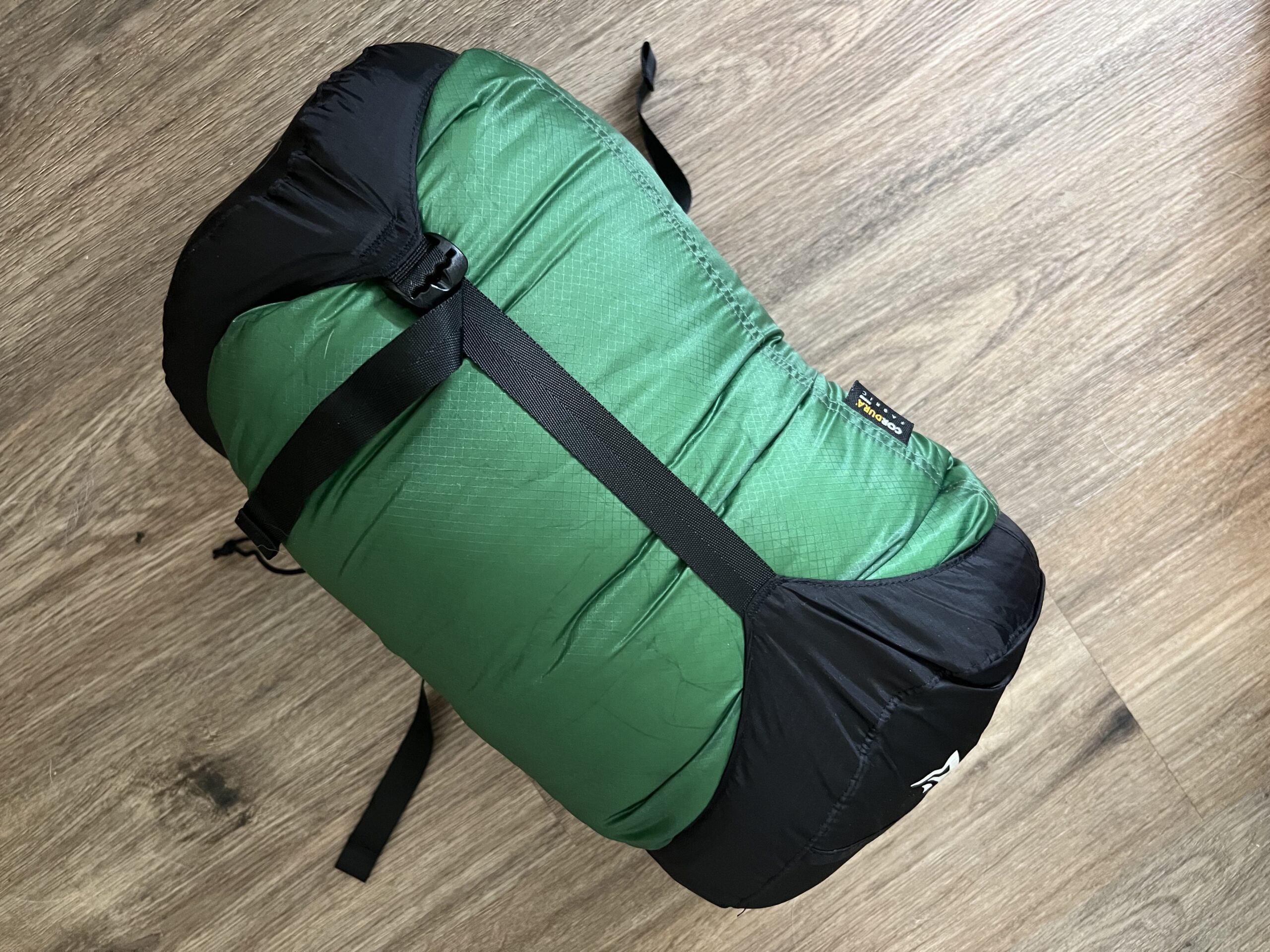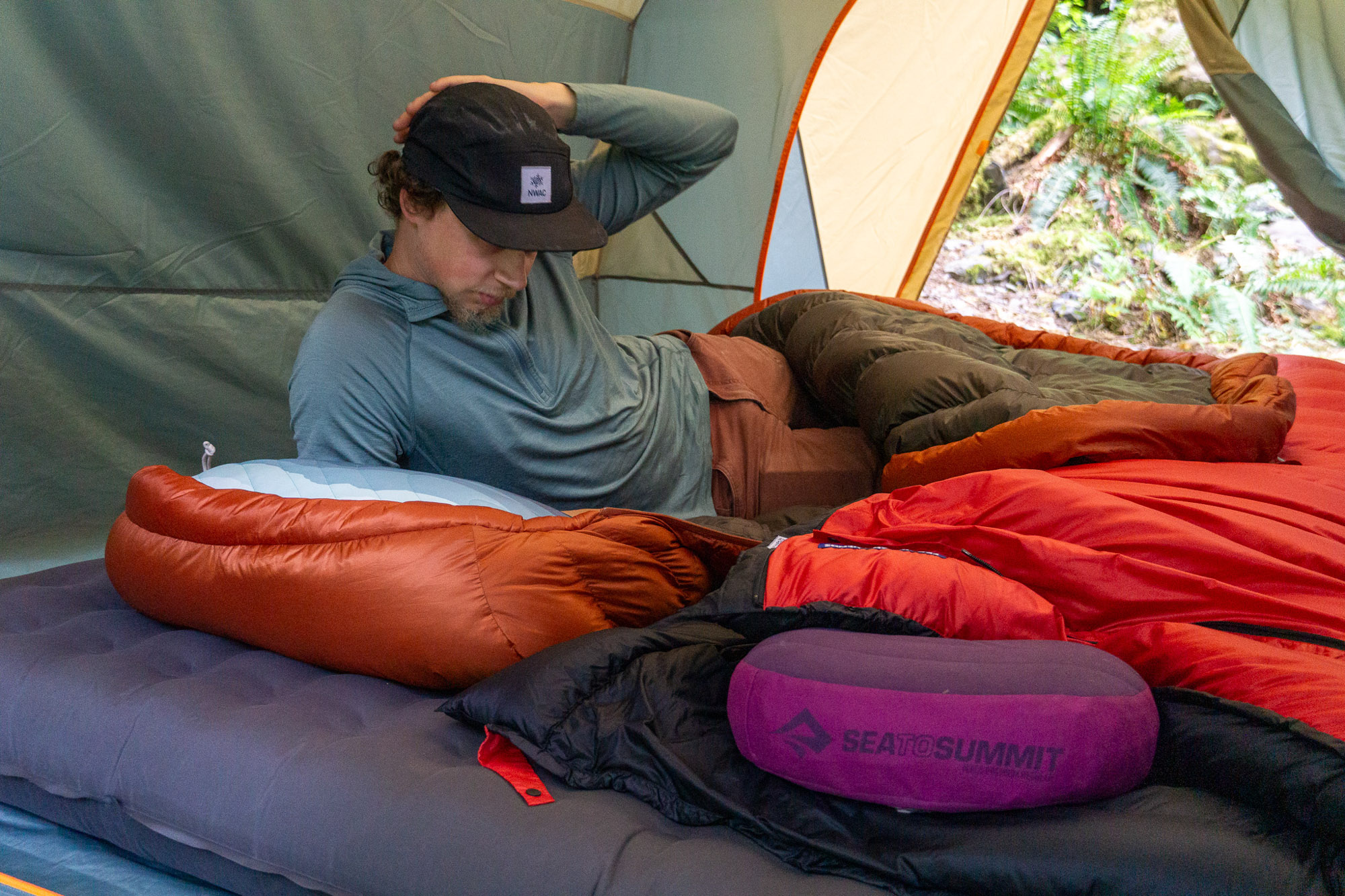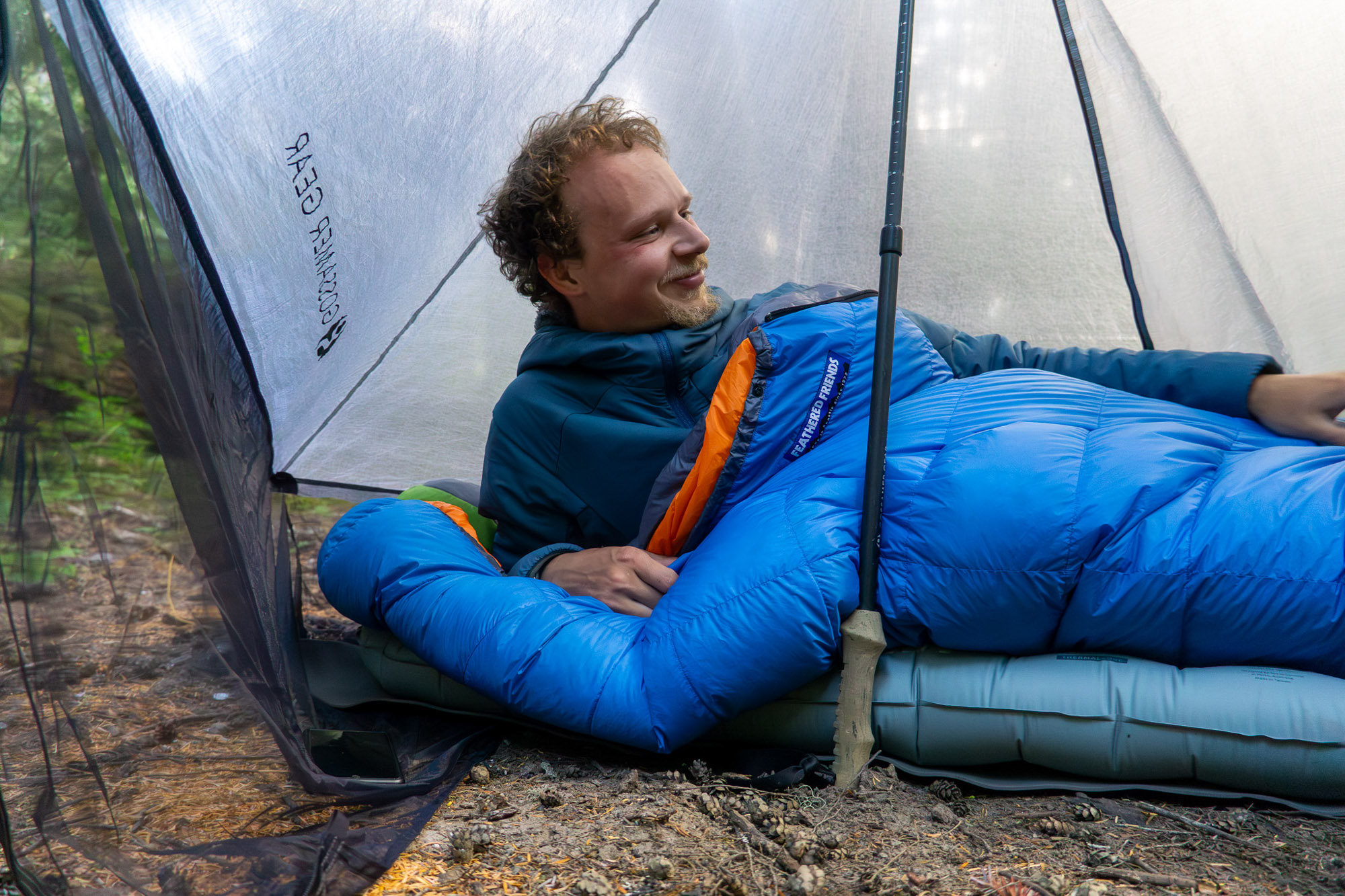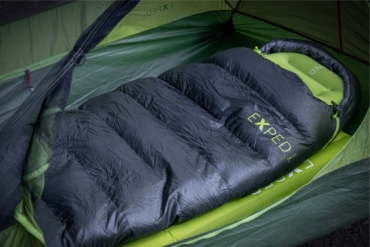Some gear is simple to maintain — pack it up, put in a cool, dry place, set it and forget it, and it’ll be ready when you need it. But some gear — in fact, most gear — requires at least a modicum of TLC. Tents should be shaken out and dried before being rolled up (with all the poles and stakes) and stowed. Folding knives should be wiped clean and oiled, even taken apart and carefully reassembled from time to time.
But there’s one piece of gear that receives the heaviest use and, too often, the least amount of proper, basic care. Your sleeping bag will last many years if treated right. But the insulation inside, be it down or synthetic, can be damaged if incorrectly stored.
You can add years to the lifespan of your favorite sleeping bag by properly putting it away, both between uses and for long periods of time, with these tips.
Compression Stuff Sacks
Both backpacking bags and heavier car camping sleeping bags often come with compression stuff sacks to help make them more packable for travel.

But that stuff sack isn’t designed to house your sleeping bag for the long term. To keep the loft (and thus the warmth of the air-trapping fibers), a sleeping bag should be stored at home outside of its compression stuff sack. Whenever your bag doesn’t have to be in it, let it breathe and unfurl.
When on a trip, soon after arriving at a campsite, un-stuff the bag and let its fibers loft inside the tent, ready for bed later that night.
Storage Bag = Happy Bag
Many modern bags come with both a stuff sack and a larger, looser, breathable storage bag. This should be your sleeping bag’s happy home when it’s not en route to or at the campsite. The storage bag is ideal for just that: Storage. The storage bag won’t compress or deform those precious insulating fibers over the long term.

If your sleeping bag has a big storage bag — or if your space doesn’t accommodate one — you can hang your sleeping bag in a closet or even lay it out somewhere in your home where it won’t get stepped on or otherwise abused (like a shelf or closet).
Air It Out
Little steps also help preserve your sleeping bag’s health.
While on the trail, air out your sleeping bag as often as possible. Unfurl it and lay it out as soon as your shelter (and the weather) permits. This removes the moisture the bag collects from your body, clothes, or anything else.
When you return home after an adventure, hang the sleeping bag before storing it — preferably for 24 hours. This will help the fibers fully decompress and dry out. If hanging it outside, mind the weather.
Keep It Clean
Your bag is also happiest when it is clean and dry. Take proper care to ensure you’re not stuffing or storing a bag that is damp or dirty. On the trail, avoid jumping into the sleeping bag when you’re wet, sweaty, and dirty. When you are clean and dry, your bag will be, too.

You can also use a sleeping bag liner to help keep it clean. You’ll have an easier time washing a cotton, silk, or merino liner than a whole sleeping bag.
When the bag does need to be cleaned, refer to the manufacturer’s recommendations. You can also check our full guide on How to Wash a Down Sleeping Bag for an overview.
In general, never dry clean or throw a sleeping bag into a home top-loading washing machine; the agitators in top loaders can tear the sleeping bag and damage zippers.
Wash by hand if you can, or, if you must machine wash, use a front-loading, laundromat-style washer. Also invest in down wash — like Nikwax. Outdoor stores like REI sell down-specific soaps that are ideal for washing a sleeping bag.
Storing your bag is not difficult. But it is crucial to its longevity. Protect your investment — and your restful night’s sleep — by keeping the bag clean, dry, uncompressed, and aired out, ready for use on camping trips for years to come.
FAQ
Is it better to roll or stuff a sleeping bag?
It’s nice to treat your gear with care, but rolling a sleeping bag is not necessary. When stuffing your bag to fit in your pack, stuffing will remove more air and result in a smaller packed size.
And when placing the bag into the storage bag, slowly feed the sleeping bag into mesh bag and shake it out to allow it maximum loft.
Where should you store a sleeping bag?
As with most things, keep your bag in a cool, dry place. Keeping it out of direct sunlight and away from windows will also prevent long-term UV damage.
Storage racks are great to prevent your bag encountering any moisture that may accumulate on the floor. As long as the bag is not compressed, a shelf in a closet or hanging over a rack are also great spots to store a sleeping bag.
How do tennis balls help my sleeping bag?
If you wash your sleeping bag — or if it gets wet — drying it with tennis balls will help break up clumped down and insulation. When the bag finishes the drying cycle, you may need to break up any leftover clumps by hand.
Should you store down and synthetic sleeping bags differently?
Down is generally more delicate than synthetic fill. But you can observe the same care for down as you do for a synthetic sleeping bag. Keep it dry and leave it lofted and loose when possible. This prevents any funk and moisture from festering, and keeps your bag’s fill healthy and functional.
Why You Should Trust Us
Adam Ruggiero is the editor-in-chief of GearJunkie and has been a member of the GearJunkie product testing team for nearly a decade. He’s spent hundreds of nights camping in sleeping bags of all types — on backpacking trips and car-camping trips, in all seasons.
The gear he’s tested includes entry-level, box-store products and premium, technical items. He’s packed, unpacked, stored, and washed virtually every type of sleeping bag — both down and synthetic. This guide comes from years of practice, learning from mistakes, and working with experts.








